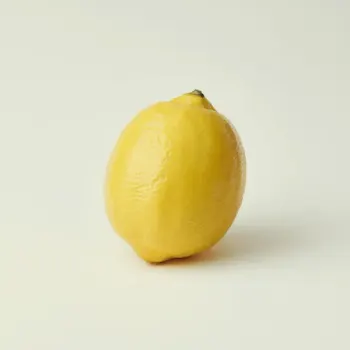Salt is a versatile mineral essential for cooking and preserving food, while garlic salt is a seasoned salt combining salt with dried, ground garlic for a quick way to add garlic flavor to dishes.

Salt, known scientifically as sodium chloride, is a mineral essential for life. It's used in cooking to enhance flavor, preserve food, and maintain the integrity of certain foods. Culinary salt comes in various forms, from table salt to sea salt and Himalayan pink salt, each with different textures and levels of mineral content.

Garlic salt is a seasoned salt made from a mixture of dried, ground garlic and table salt, sometimes with an anti-caking agent. It combines the savory taste of garlic with the flavor-enhancing properties of salt, making it a quick way to add a garlic flavor to dishes without the need to peel and chop fresh garlic.
The primary difference between salt and garlic salt lies in their flavor profiles and uses. Pure salt is versatile and can be used in almost any dish, whereas garlic salt provides a specific garlic flavor suited for dishes where this taste is desired. Garlic salt also contains less sodium per teaspoon due to the addition of garlic powder, which is something to consider when managing sodium intake.

Your ultimate Recipe Box, Meal Planner, and Cooking Class all in one
Salt is a foundational ingredient in seasoning mixes, allowing the cook to adjust the flavor balance according to other spices and herbs present. It's best used in mixes where a clean, straightforward saltiness is desired. Garlic salt is ideal for seasoning mixes intended to have a pronounced garlic flavor. It can simplify the seasoning process, combining two flavors in one. Use it in garlic-forward mixes for meats, vegetables, or dips.
Salt is crucial in marinades for its ability to enhance the natural flavors of the main ingredient and help in moisture retention. It can be used in various marinade recipes without overpowering other flavors. Garlic salt can be used in marinades when a garlic note is desired, and it works well with robust flavors like beef or lamb. It can reduce preparation time by combining salt and garlic flavoring in one step.
Salt is the base of many dry rubs, regardless of the cuisine. It works well for all kinds of meats and even some roasted vegetable recipes, providing a pure, salty flavor that enhances the main ingredients. Garlic salt can add a burst of flavor to dry rubs, especially for dishes that benefit from a garlic presence. It's particularly well-suited for pork, poultry, and grilled vegetables.
While both salt and garlic salt contain sodium, garlic salt may have slightly less sodium content due to the addition of garlic powder.
| Nutrient | Salt ( per Teaspoon ) | Garlic Salt ( per Teaspoon ) |
|---|---|---|
| Sodium | 2325mg | 1900mg |
Yes, you can replace garlic salt with regular salt, but you'll lose the garlic flavor. Adjust the amount of salt used since garlic salt contains less sodium.
To make homemade garlic salt, a common ratio is three parts salt to one part garlic powder.
Garlic salt is not necessarily healthier than regular salt. The main difference is flavor and a slight reduction in sodium content due to the addition of garlic powder.
Garlic salt can be used in most savory recipes, but it may not be suitable for dishes where a garlic flavor is not desired. It's best used when garlic is a complementary flavor for the recipe.
Yes, if you're using garlic salt, you can reduce or eliminate additional garlic from the recipe to prevent the garlic flavor from overpowering the dish.